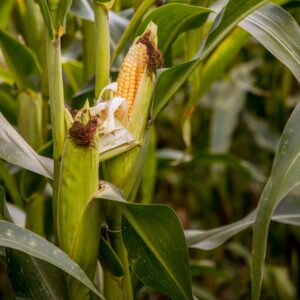
Unmanned aerial vehicles (UAVs)
Distant water points and livestock are obvious things that require checking up on, and how better to do it than sending an unmanned aircraft (during the day or night) to confirm that all is in order. Useful applications of drones in agriculture revolve around:
General concerns about UAVs centre around the potential misuse of these appliances: the loss of privacy and other security concerns.
Farmers will need to do their own sums about the value UAVs give to their operations. Consider:
In Africa, the major challenge to using drones in agriculture are the regulations governing their usage. These regulations are generally controlled by military and civil aviation authorities due to the sensitive nature of airspaces where UAVs operate. Currently only seven countries in Africa have regulations regarding drones. These include Cote d’ Ivoire, Kenya, Botswana, South Africa, Nigeria, Rwanda and Ghana. In fact, the regulations in Kenya prohibit the use of the UAVs.
Source: “Future of drones in agriculture dependent on enactment of regulations”, an article in SACAU October 2016 newsletter.
